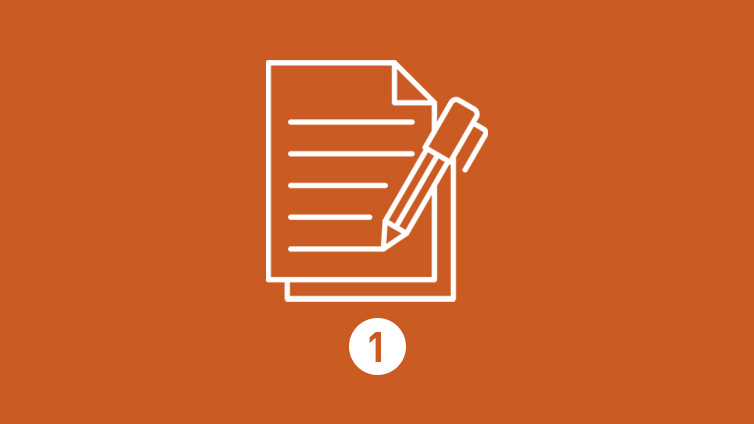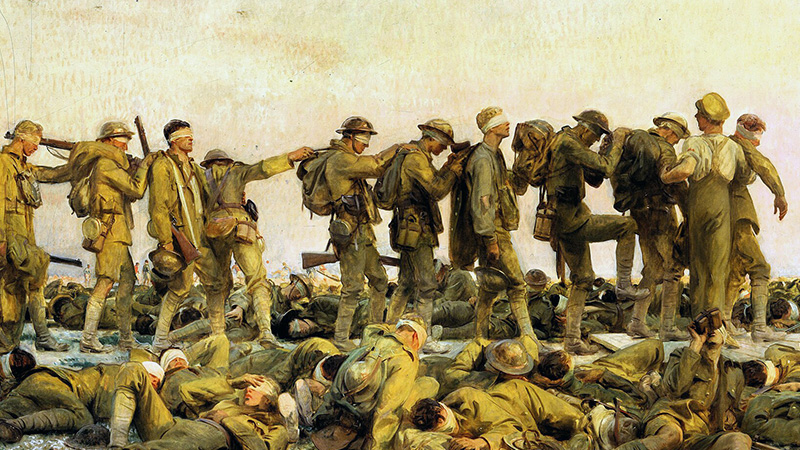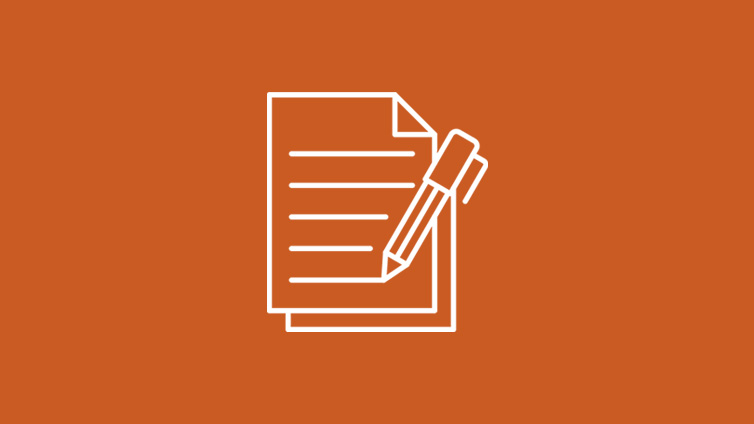World War I
Teacher Resources
Driving Question: What were the various causes and effects of World War I?
The First World War started in Europe, but it wasn’t just a European war. It was a global turning point. Uncover how one spark launched the world into a devastating conflict and how its impact reached far beyond the battlefield.
Learning Objectives:
- Evaluate the global causes and effects of the First World War.
- Identify major changes and continuities in communities, networks, and production during and after World War I.
Vocab Terms:
- casualty
- communism
- consumerism
- diplomacy
- ethnic
- mobilization
- total war
Opener: World War I
To teach this lesson step, refer to page 2 of the Lesson 6.1 Teaching Guide.
Consider using Three-Step Reading with students to “read” visuals. First, get the big picture. Then, zoom in on details. Finally, think about what the image means. Learn more in the Reading Guide.
You’ll learn more about the causes of World War I in this lesson. First, analyze a cartoon to make your own hypothesis.
Looking Ahead
To teach this lesson step, refer to page 2 of the Lesson 6.1 Teaching Guide.
Check out this discussion, Unit Problem and Vocab, for some great ideas from fellow teachers on bringing this routine into the classroom.
In this unit, you’ll examine how World War I began and what made it a truly global conflict. This activity hints at the tensions and alliances that set it all in motion.
The First World War
To teach this lesson step, refer to page 3 of the Lesson 6.1 Teaching Guide.
Looking to provide feedback on your students’ adoption of the Three-Step Reading process? Read this conversation to learn how other teachers have handled this feedback.
The First World War was not a reversal of the trends of the long nineteenth century, but rather their product. These materials introduce the many factors that led to global conflict and the lasting effects that followed.
-
Guiding Questions
-
Before you watch
Preview the questions below, and then review the transcript.
While you watch
Look for answers to these questions:
- What were some major achievements of the long nineteenth century?
- What were some major problems of the long nineteenth century?
- How did World War I change global power dynamics?
- What data shows that World War I was a total war?
- How were the events in St. Petersburg connected to the war?
After you watch
Respond to these questions: Do you think World War I marked a major turning point in world history? Why or why not?
Key Ideas
-
Guiding Questions
-
Before you read
Preview the questions below, and then skim the article. Be sure to look at the section headings and any images.
While you read
Look for answers to these questions:
- What does Wilfred Owen’s line “Dulce et decorum est pro patria mori” tell us about his view of the war?
- What were some causes of World War I?
- What contributed to the spread of World War I?
- What goal did both Woodrow Wilson and Ho Chi Minh hope to achieve after the war?
- What problems did the war create for the world?
After you read
Respond to this question: What evidence in the article supports the claim that World War I was truly a global conflict?
Framing Unit 6
To teach this lesson step, refer to page 5 of the Lesson 6.1 Teaching Guide.
How do you “draw the frames”? See what other teachers have to say in this Community Forum thread.
Understanding World War I means looking beyond battles. Through the lens of communities, networks, and production and distribution, you'll see how the war reshaped how people lived, worked, and related to one another.
-
Guiding Questions
-
Before you watch
Preview the questions below, and then review the transcript.
While you watch
Look for answers to these questions:
- How did the First World War change the way people organized and saw their communities?
- What stayed the same about the way people organized and saw their communities?
- How did the First World War change the way things were produced and distributed?
- What didn’t the war change about the way things were produced and distributed?
- How much did the First World War affect global networks?
After you watch
Respond to this question: To what extent did World War I mark a major turning point in world history?
Key Ideas
Closer: World War I
To teach this lesson step, refer to page 6 of the Lesson 6.1 Teaching Guide.
A world war doesn’t start over nothing. Use your knowledge of the long nineteenth century and developments like imperialism and colonialism to make predictions about World War I.
Reviewing for Analysis and Evidence
To teach this lesson step, refer to page 6 of the Lesson 6.1 Teaching Guide.
By suggesting revisions to someone else’s writing, you’ll get much better at identifying what makes strong writing. Make suggestions for improving analysis and evidence—and then keep those suggestions in mind the next time you write.






